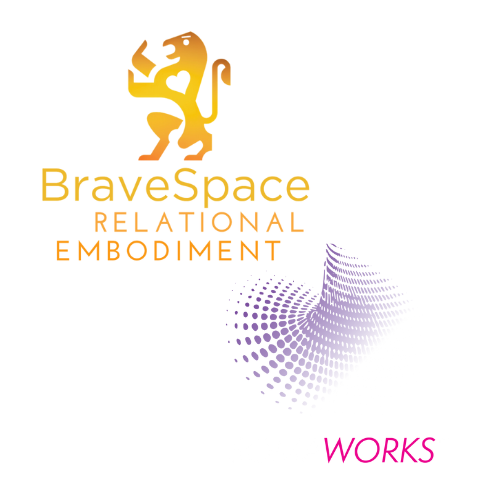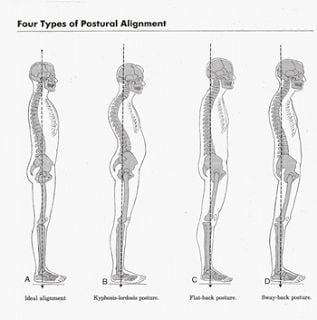Alignment, Diagrams, and Expression
I spent some time today exploring Pinterest because people have told me I should be using it. The cyberworld clearly knows who I am—I was barraged with images of skeletal alignment, fascia-busting devices (as if fascia was something dangerous), and muscles glowing red. I could barely take it. I lasted about five minutes before I had to walk away.
Now I’m left trying to understand why these images were troubling for me. These are the communications that have successfully engaged people about their bodies and given them some tools for understanding their experiences. Why does this challenge me?
I realize I was asking myself to identify with these images as something that I should want to participate in. I hesitate and tremble because these images feel so incomplete as an explanation for why we get ‘out’ of alignment, and how we might best respond to our predicaments. I’ve written in the past about the importance of remembering that we aren’t machines. We can try new stretches, exercises, and manipulations, and with any luck some of them will work to enliven us. What I find missing in these diagrams is this aliveness: When we bring attention to our bodies we are exploring who we are. My left pectoralis minor muscle tends to be tight in part because that’s how I protect myself from sadness. There’s a part of me that feels unlovable and unreachable there, and that I’ll never quite fit in. This part of me contracted when I started looking on Pinterest. I can stretch that puppy all day long, but if I’m not addressing the emotional pattern (it’s relaxing as I write this) nothing will change. This can be a bit confounding—how do we address these more abstract physio-emotional patterns?
We can practice being more expressive in order to allow ourselves to change in due time. My tight pectoralis minor is a part of me, and he’s been doing his best to take care of other parts of me. I love him, and when I massage and stretch him I honor the protection he offers my heart. Sometimes I forget and curse him for making me so uncomfortable. At these times he grabs on tighter, perhaps protecting me from myself. I’m part of a men’s circle in which we tell our stories. We express to each other (and ourselves) what we’re experiencing in our lives. We don’t give advice unless it’s asked for. We aren’t there to fix or be fixed. I almost always leave feeling better than I did when I arrived. Participating in the health and movement of our bodies is a form of expression; charts of muscles, alignment, and connective tissue don’t show that.
The images that I most enjoyed on Pinterest were pictures of people experiencing emotions, of geometric figures that displayed flow, and of nature not mechanized. Don’t get me wrong—I love a good gadget—but I don’t want to be one. That’s why I’m a movement therapist. Connective tissue massage, pilates exercises, alignment evaluations and dances are all tools for being more alive and connected. As I start to build my pinterest board I’ll be seeking images that inspire these feelings. Stay tuned…


0 comments